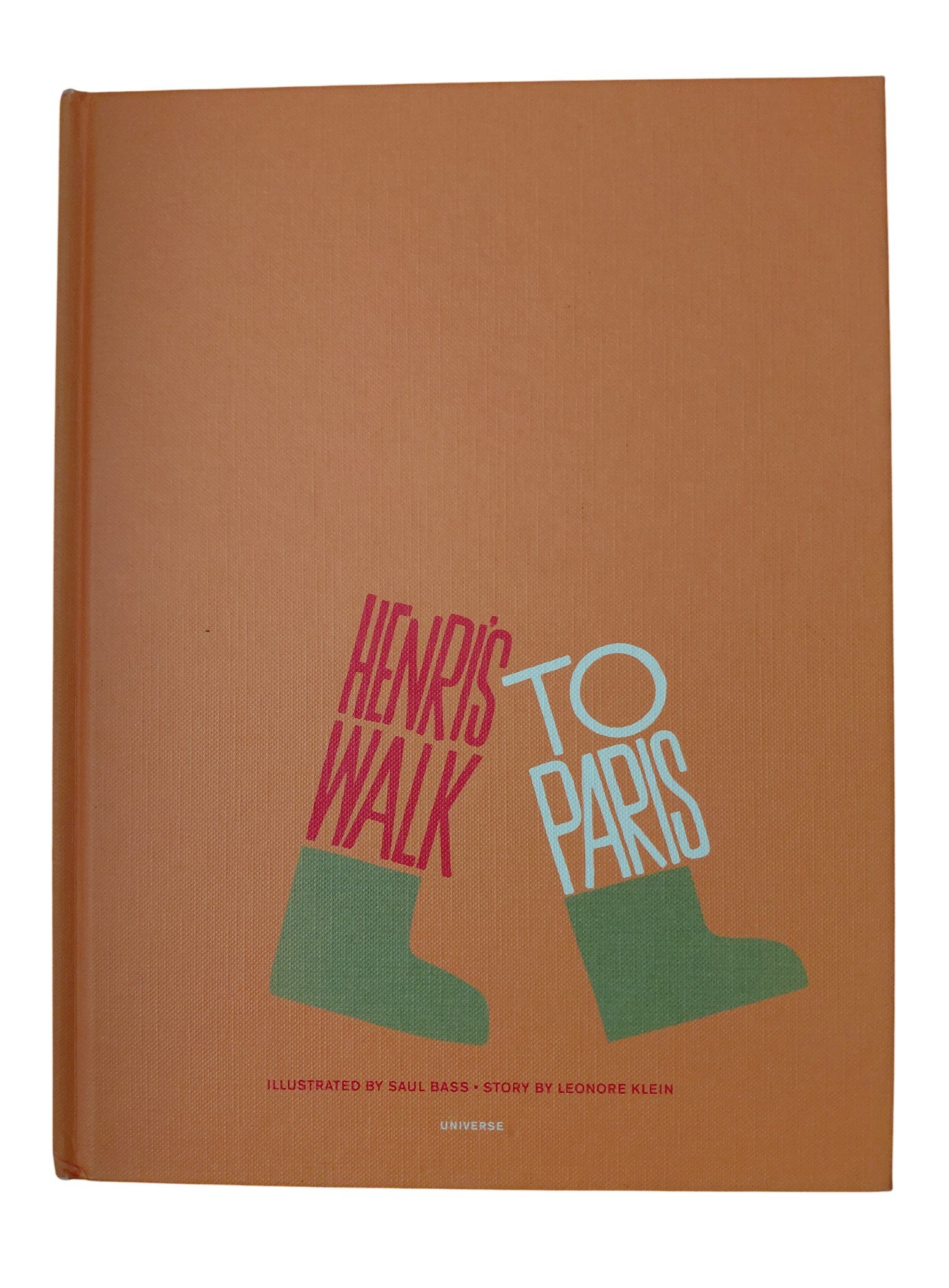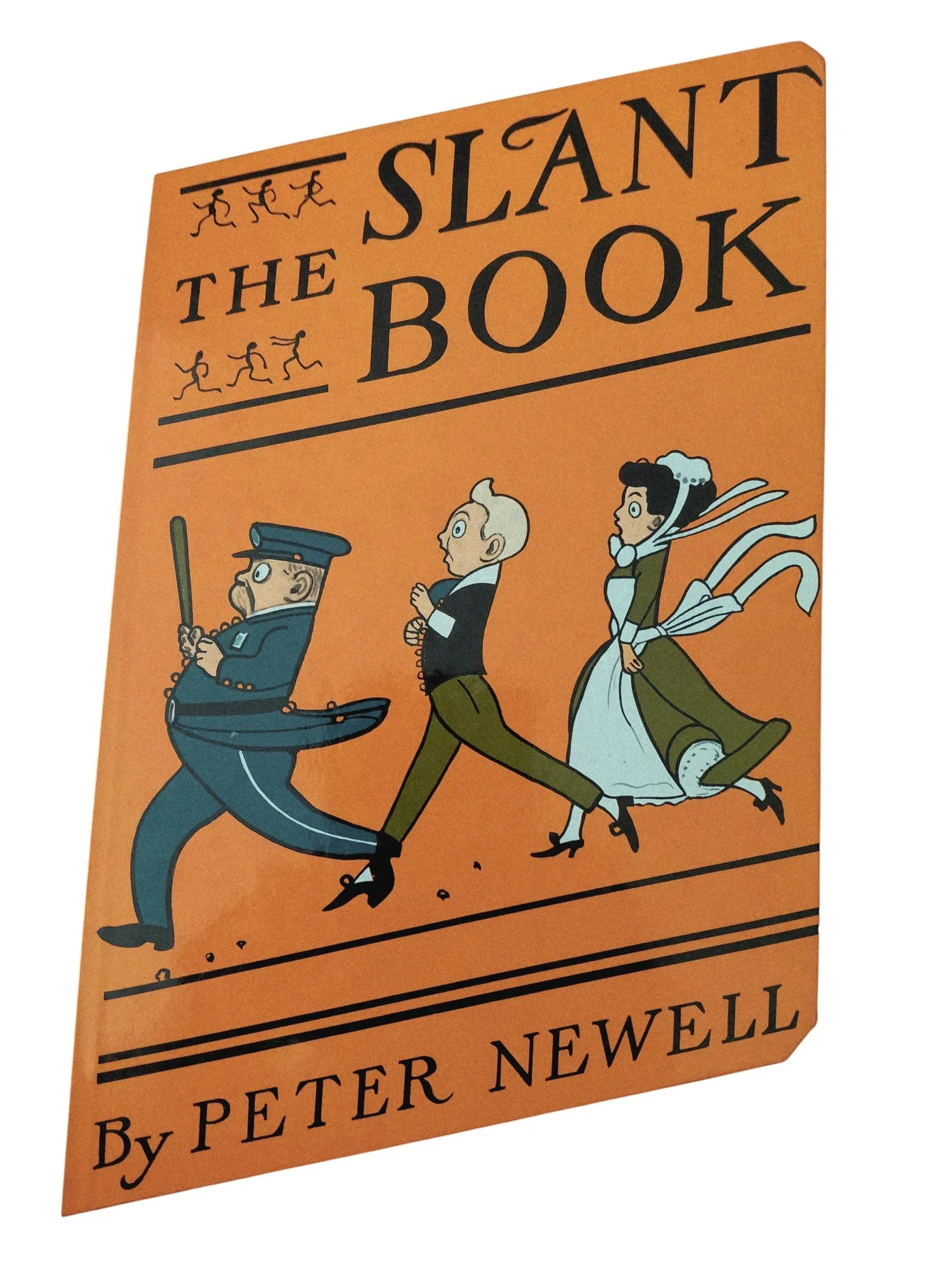Down the Rabbit Hole: My Nonsensical Book-Collecting Habits by Susana Sanchez-Gonzalez
I like to think of my collection as peering down a rabbit hole. It never starts with intention.
Usually, it begins when I spot a reference in a book that whispers, “look closer.” I follow it to another book, where perhaps a tiny comment in a footnote sparks my curiosity further. That might lead me onto something—or someone—else that also seems intriguing, and before I know it—plop!—I’ve tumbled headfirst into a rabbit hole of books, arms flailing, heart racing, desperate to know more.
At some point, curiosity turns into desire. That’s when I start hunting for editions I can actually afford. It’s never about rare or pristine copies. It’s about building a library for a future me—writer, researcher, daydreamer, Collector with a capital “C.” This library may not hold significance for anyone else, but for me, it is everything—a map of curiosity, delight, and wandering imagination, each book a marker on roads I’ve explored on my own, following one thread to the next, with no agenda and no academic frameworks. Just the sheer delight of learning (and looking, and owning) for its own sake.
To be honest, I also collect because collecting is a lot of fun—even if I still have to write it in lowercase “c.” Most of my books are charity finds, ex-library copies: discarded, worn, and cheap for good reason, those that big-fish buyers wouldn’t even look at twice.
Occasionally, there’s an exception, like my antiquarian copy of Edward Lear’s Nonsense Book, which cost an eye-watering £90 and which I bought as a gift to myself after receiving a scholarship to study children’s literature at the IES Rare Book School in London. But that’s the exception. Each book, even a humble find, reminds me: I know this author, that illustrator, that odd little title. And who knows? Perhaps one day I’ll be able to afford “the real thing,” whatever that means.
What I Collect
Mostly, I’m drawn to illustrated children’s books published from the late nineteenth century up to the early 1980s. What unites them is a particular type of illustration—wacky, whimsical, and never bound by photographic realism. I love nonsense and surreal imagery, but always with a playful, joyful spirit. Nothing too dark or morbid. I want to see the child within the work: mischievous, joyful, poking her tongue out at the world.
I like Walter Crane and Randolph Caldecott, enjoy Edmund Dulac, Beatrix Potter, and Arthur Rackham, and I absolutely love Ernest Shepard. At times, I’m drawn to the beautiful, playful line of Harry Clarke and Aubrey Beardsley—but just as often, I recoil at their most extreme, macabre illustrations. Only one thing I know for sure: I cannot stand the cheesy world of Kate Greenaway or Alison Uttley.
Some of my favourite finds are early children’s books with delightfully bizarre and provocative titles, such as Nonsense for Somebody, Anybody, or Everybody (A. Nobody, 1895; actually Gordon Browne), Hilaire Belloc’s The Bad Child’s Book of Beasts (1896), Gelett Burgess’s The Goops and How to Be Them (1900), and all of Edward Lear’s nonsense series. I’m also captivated by books that are peculiar as objects themselves, like Peter Newell’s The Hole Book, The Slant Book, and The Rocket Book. To think that these sophisticated picture books were published in the early 1900s simply blows my mind.
Other favourites include classics in the genre of wackiness, such as William Heath Robinson’s chaotic contraptions and characters, or the 1980s editions of Dr. Seuss and Richard Scarry. I’ve also been enjoying the work of more recent authors like Mitsumasa Anno, Bruno Munari, and Tomie DePaola. Bruno Munari is perhaps better known for his work as a graphic designer, and indeed, I often choose books for their designs and cover illustrations rather than content—even if they’re a little tacky (or just plain horrible), like Fontana’s editions of Agatha Christie. That’s why, when I found that there existed a picture book designed by Saul Bass (Henry’s Walk to Paris), I simply had to have a copy. The same goes for Miroslav Sasek’s This is New York, This is London series.
I also collect picture books set in 1970s New York. I’m drawn to their aesthetic, typography, and atmosphere, even though I was born in 1976 and only visited the city briefly years ago. Perhaps that explains my affection for Shel Silverstein, Ezra Jack Keats, or the Muppet Show annuals. I like the early Muppets. Maurice Sendak is also another favourite from this decade—not only his classics but also his illustrations for ETA Hoffman’s Nutcracker. How could one not have it? Sometimes the aesthetic calls louder than the story itself, and I happily follow.
The Ones That Got Away
Not every collection attempt succeeds. My half-hearted effort to gather different illustrated versions of The Princess and the Pea “just because” is ongoing. And the idea of buying Around the World in 80 Days in every country I visit—each in its local language—sounds lovely in theory, but less so when faced with airline baggage limits.
A Shelf of Joy
So there it is: a glimpse of my shelves and my happily nonsensical collecting habits. I know my books aren’t worth much, but I simply need them around me. Every one of them was found while tumbling down an endless rabbit hole of curiosity and wonder. And really, what book collector could ever resist the thrill of such a jump?
Susana Sanchez-Gonzalez



